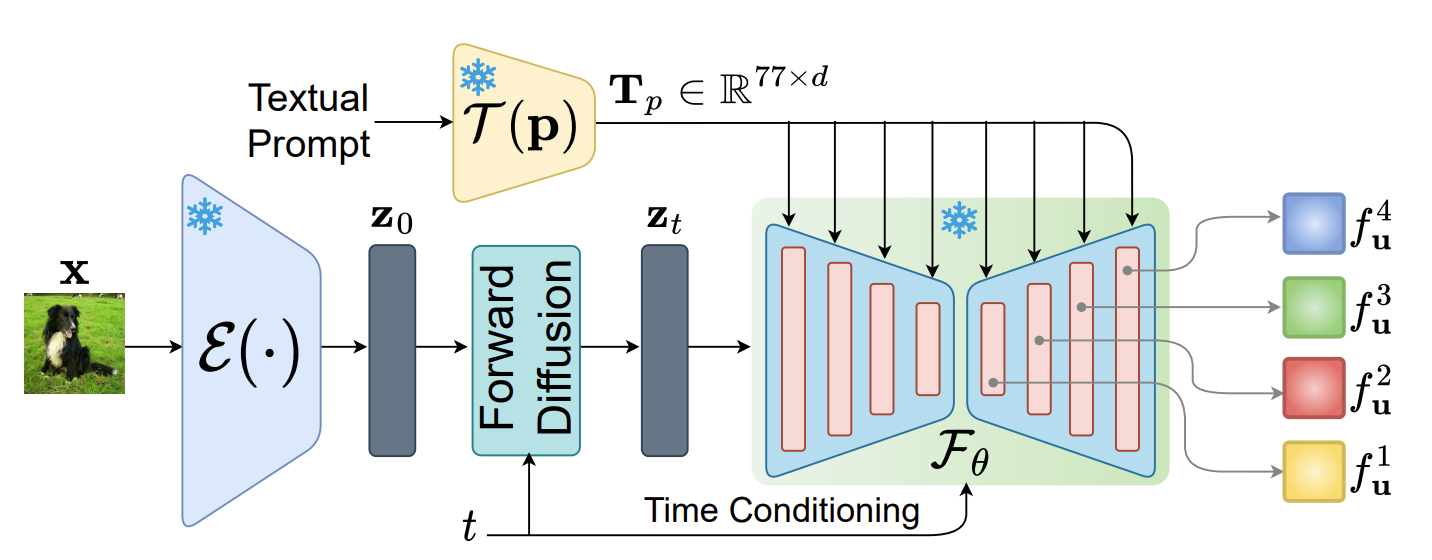





@inproceedings{koley2024text,
title={{Text-to-Image Diffusion Models are Great Sketch-Photo Matchmakers}},
author={Koley, Subhadeep and Bhunia, Ayan Kumar and Sain, Aneeshan and Chowdhury, Pinaki Nath and Xiang, Tao and Song, Yi-Zhe},
booktitle={CVPR},
year={2024}
}
Copyright: CC BY-NC-SA 4.0 © Subhadeep Koley | Last updated: 05 April 2024 | Good artists copy, great artists steal.